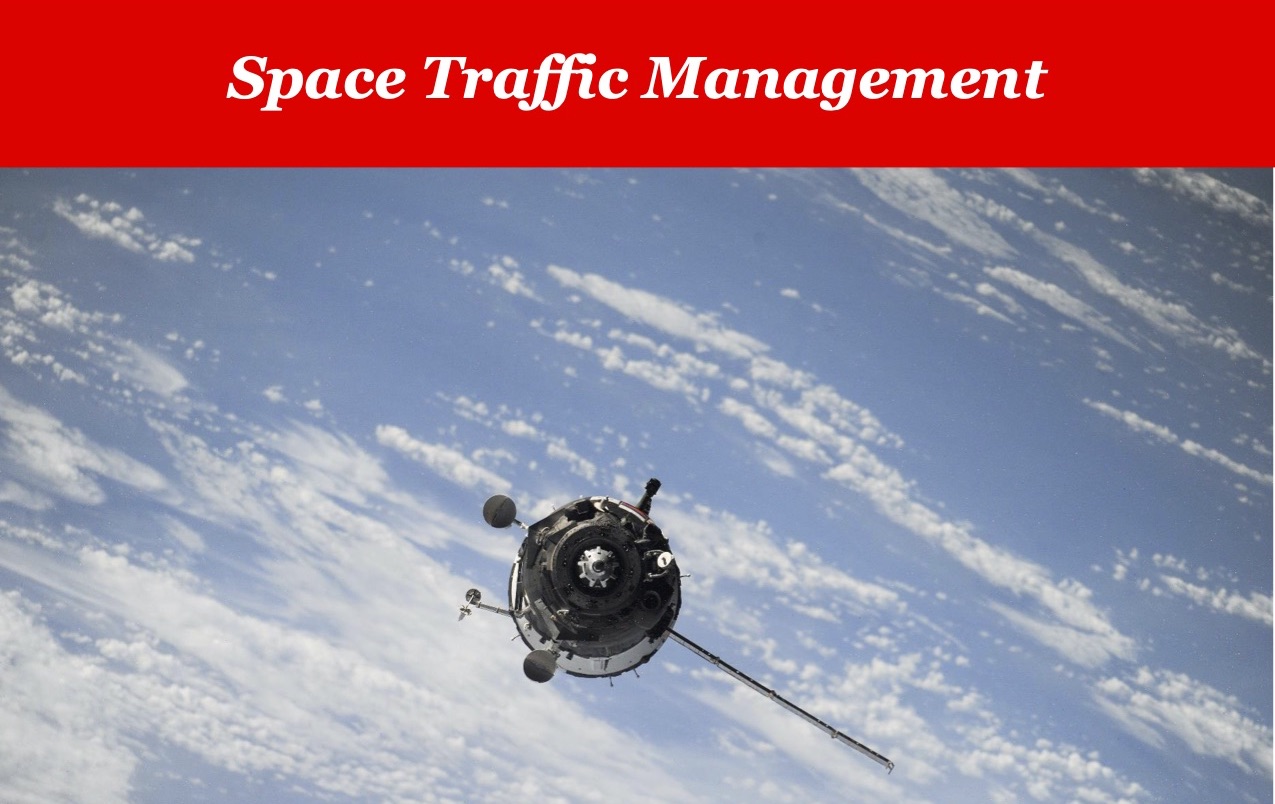On August 19, 2020, the National Academy of Public Administration (”NAPA”) released the Space Traffic Management (“STM”) Report (the “Report”) identifying the Office of Space Commerce (“OSC”) as the civilian government agency best situated to take the lead on developing and implementing a full-scale management system for space traffic for the United States. In the Report, NAPA provides a clear vision for an STM agency to improve space safety and sustainability, strengthen U.S. leadership, and encourage continued commercial and research growth in the sector. The Report concludes that, while the OSC is the agency best positioned to spearhead STM efforts, a system of this magnitude must be a collaborative effort across multiple agencies.
The report subtitled “Assessment of the Feasibility, Expected Effectiveness, and Funding Implications of a Transfer of Space Traffic Management Functions,” presents NAPA’s response to the congressional mandate to analyze four different agencies as possible candidates for coordinating U.S. STM efforts. These agencies were: (1) the OSC in the National Oceanic and Atmospheric Administration (“NOAA”), (2) the Office of Commercial Space Transportation (“AST”) in the Federal Aviation Administration, (3) the National Aeronautics and Space Administration (“NASA”), and (4) the Department of Defense. The report also notes the pivotal role of the Federal Communications Commission (“FCC”), which has been regulating orbital debris mitigation; however, the FCC was not considered a potential candidate for the lead agency because of its more narrow focus.
The report begins with a deep-dive into the space sector, with a summary of applicable treaties and legislation and industry actors. It provides an assessment of the rapid growth of space commerce over the past few decades and resulting threats to orbital space, along with an emphasis on the need to protect this “common-pool resource.”
To this end, NAPA sets forth what it describes as the “ideal operation model” for an STM system, highlighting multiple capabilities, and the components thereof, that are necessary for the system to be effective. These capabilities are:
- Notifications,
- Space Technology,
- Space Situational Awareness (“SSA”),
- Orbital Debris Mitigation,
- Space Traffic Operations Coordination and Management,
- Design and Launch, and
- Disposal and Reentry.
SSA functions are considered a “prerequisite” to any meaningful STM, but all capabilities are intertwined. The report also highlights that for this model to reach its full effectiveness, the cooperation of private sector players and academia, as well as international coordination, will be imperative. In implementing this model, NAPA is not proposing that the lead agency be a one-stop-shop for all these capabilities. Instead, the lead agency must partner with other organizations, ensuring all functions are accounted for.
In analyzing OSC, NAPA noted several factors as they align with its ideal operation model. First, the report noted OSC’s functional and technical growth over the past two years since being named the lead agency in Space Policy Directive 3. Second, OSC has significant organizational support for an STM mission in the Department of Commerce with agencies such as the Bureau of Industry and Security, NOAA, National Telecommunications and Information Administration, and National Institute of Standards and Technology. Third, OSC already enjoys a diverse array of private, civil, academic, and international partnerships, which would foster STM growth and implementation. Lastly, most stakeholders favor the OSC to be the STM lead.
The report estimates the total cost for STM through 2024 to be in the range of $153.0 to $218.6 million, based on costs for infrastructure improvements and acquiring the necessary personnel. The Academy closes its report with three recommendations that would permit the OSC to adequately implement an STM system. First, Congress must enact legislation to provide the OSC with the necessary on-orbit authority to make regulations and appropriate necessary funding. Second, the OSC should follow and adopt the ideal operation model set out in the report. Finally, the OSC should be moved from under NOAA into the Office of the Secretary of Commerce, making OSC a direct report to the Secretary.
The full Academy report can be found here.

